Final chapter of my report from the Artefact festival which is closing tonight at STUK in Leuven (this way for the previous posts, ladies and gentlemen —> Dataghost 2. The kabbalistic computational machine and Artefact festival: Magic and politics.)
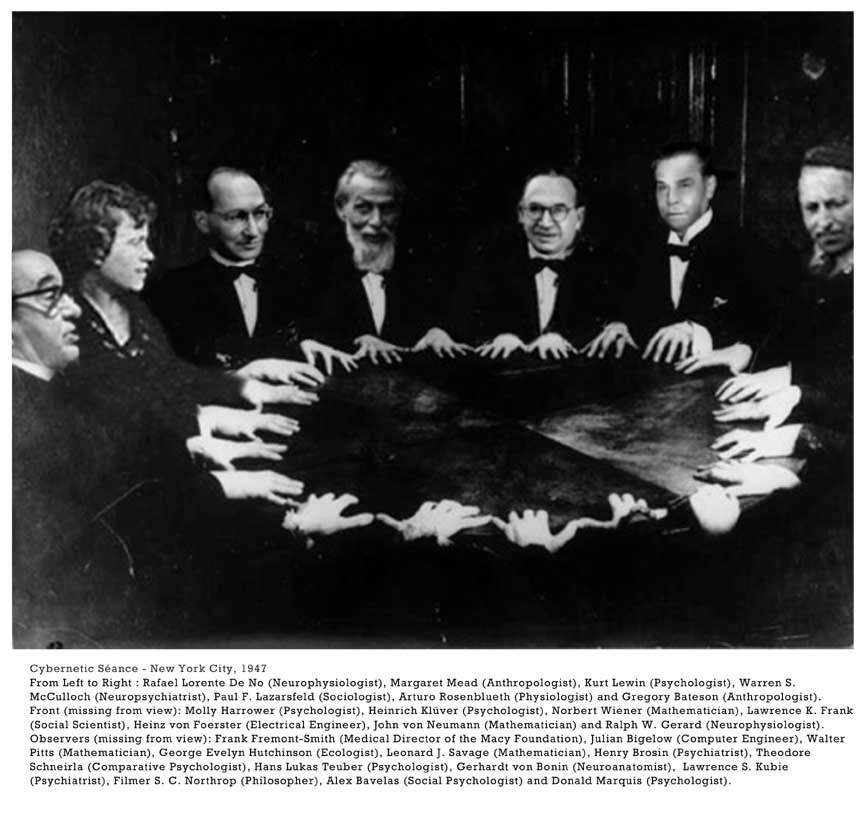
Suzanne Treister, Cybernetic Séance (MACY CONFERENCES ATTENDEES), 2011
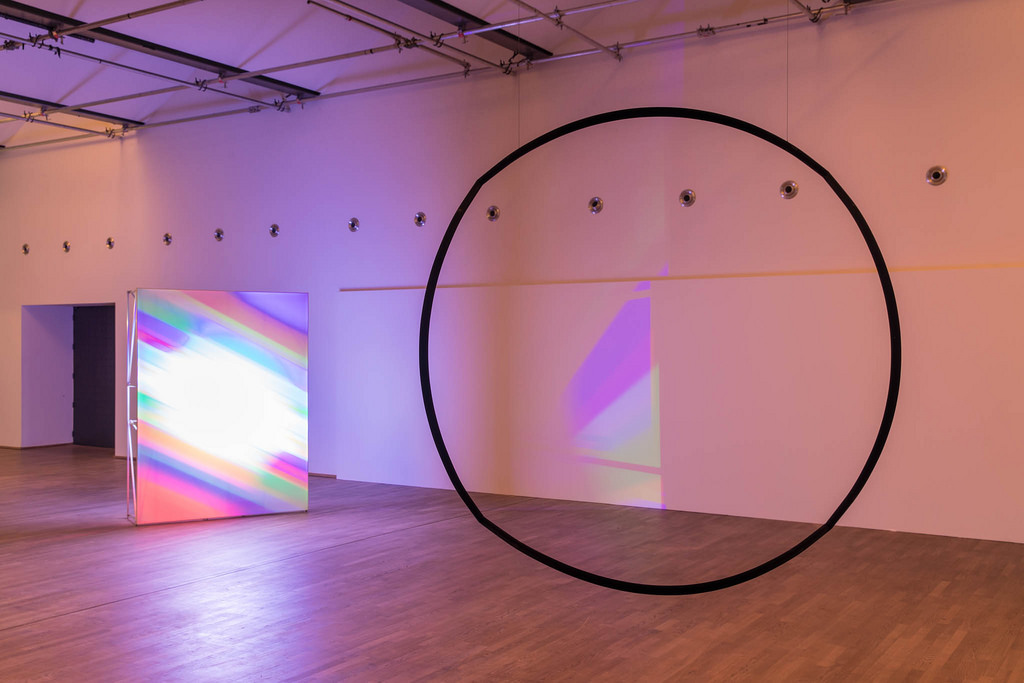
Troika, Squaring the circle, 2013 + Troika, All Colours White, 2016. Installation view at STUK in Leuven for the Artefact festival. Photo © Kristof Vrancken
This year, the event looked at magic, its meaning, reach and role in contemporary culture and society. The topic was analyzed through various lenses: entertainment, politics, finance, technology, etc.
The relationship between technology and magic is a particularly puzzling and interesting one. You’d think that progress in science and technology would automatically mark the demise of our interest for magical thinking and occult forms of knowledge. Far from it. It seems that humans have an inherent need to leave some space in their world for the unaccountable and the supernatural. That’s why progresses in science and technology have often been accompanied by the arrival or renewal of paranormal phenomena. The advent of photography, for example, saw a rise in the popularity of spiritism and photography was even used as a proof that ghosts and other spiritual entities did indeed exist.
A series of artists in the festival present work that explore these complex connections between magic and technology/science. Some built machines that question our firmest beliefs in technology, other probe alchemy or look to quantum theory to make us query our own understanding of the world. Whether or not you believe in Arthur C. Clarke’s third law (Any sufficiently advanced technology is indistinguishable from magic), the Artefact exhibition gives you plenty of opportunity to ponder upon it.
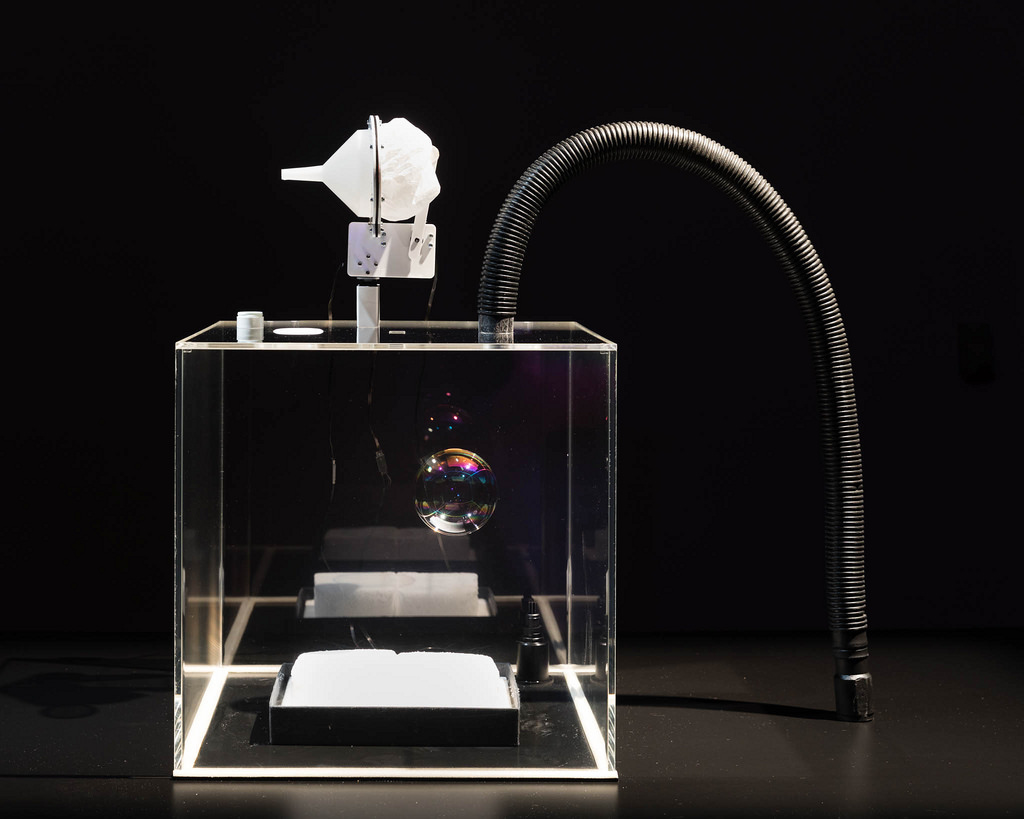
Verena Friedrich, The Long Now, 2015. Installation view at STUK in Leuven for the Artefact festival. Photo © Kristof Vrancken
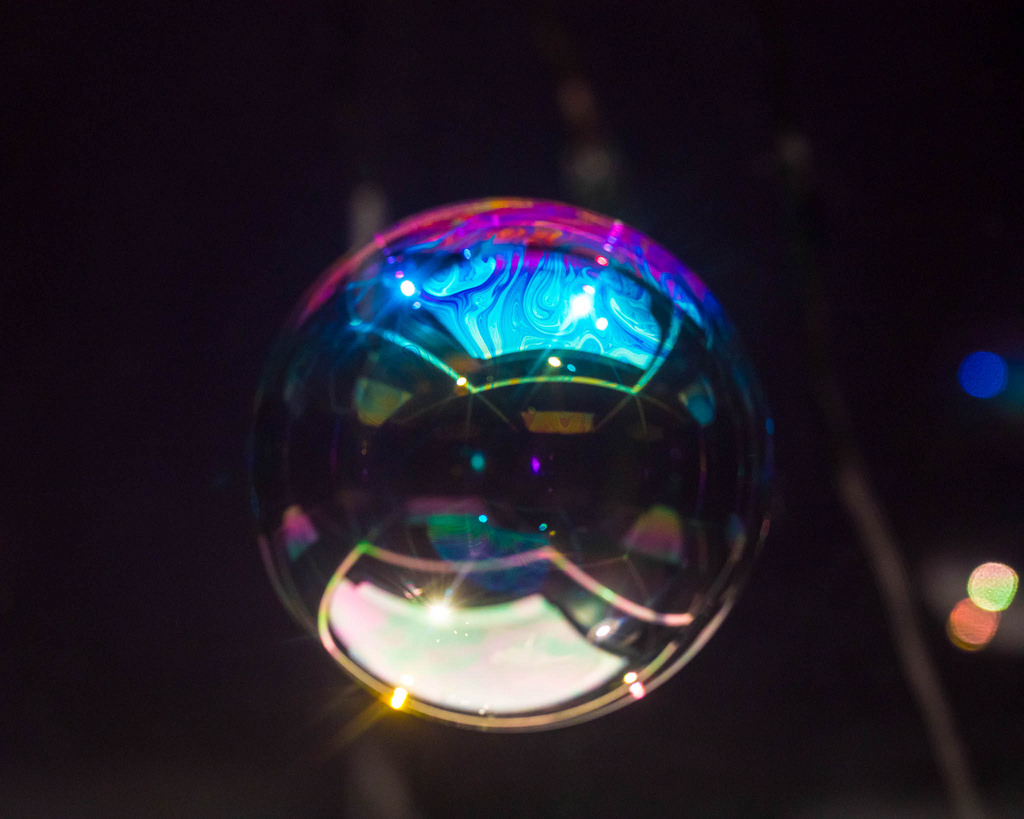
Verena Friedrich, The Long Now, 2015. Installation view at STUK in Leuven for the Artefact festival. Photo © Kristof Vrancken
Verena Friedrich, The Long Now, 2015
In Western European paintings from the 16th and 17th century, soap bubbles were used as a metaphor for the transience of the moment and the fragility of life.
With The Long Now, Verena Friedrich turns the famous vanitas motif into a symbol of the artificial prolongation of life made possible by science and technology. At the core of the installation is a magical machine that defies the laws of physics such as surface tension and gravity and keeps soap bubbles in suspension for as long as possible.
The mechanism slowly creates and releases a perfect, fat bubble into a controlled atmosphere chamber. The bubble is kept floating inside the plexiglass cube for much longer than the laws of nature would normally allow. The bubble will eventually burst and the process will start all over again, demonstrating that technology’s control over ephemeral life is not as infinite as we would like to believe.
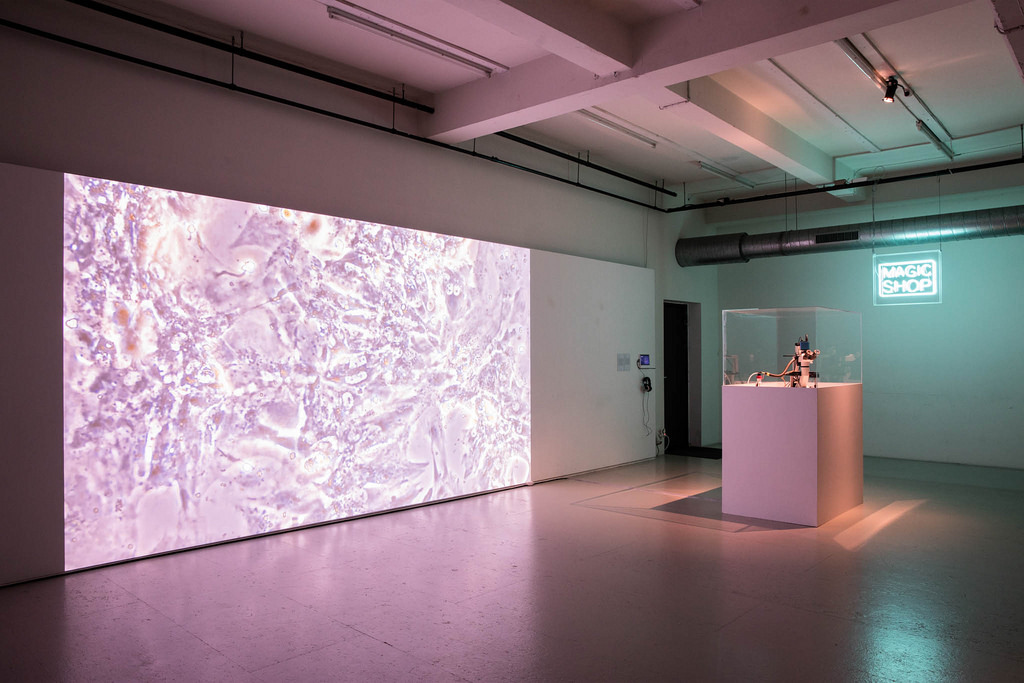
BCL, Ghost in the cell, 2016 + Jonathan Allen, Magic Shop, 2002. Installation view at STUK in Leuven for the Artefact festival. Photo © Kristof Vrancken
Hatsune Miku started her life as a vocaloid, a voice synthesis computer program. The anime character has reached iconic status in both Otaku and mainstream culture. She has been featured in J-pop music videos, games, starred in mangas, an opera, concerts, was invited to the David Letterman show and was materialized as figurine. She is a new kind of semi-living entity that blurs the space between idols made of flesh and idols made of pixels.
In Ghost in the Cell, the virtual superstar Hatsune Miku is given an organic dimension.
The artist collective BCL created a synthetic genome of the character, based on an average Japanese female genome. From this synthetic genome some relevant parts were biologically synthesised and inserted into human induced pluripotent stem cells (also known as iPS cells or iPSCs), which were then differentiated into beating heart cells. These cells stand as a pars pro toto for her heart, her whole physical body.
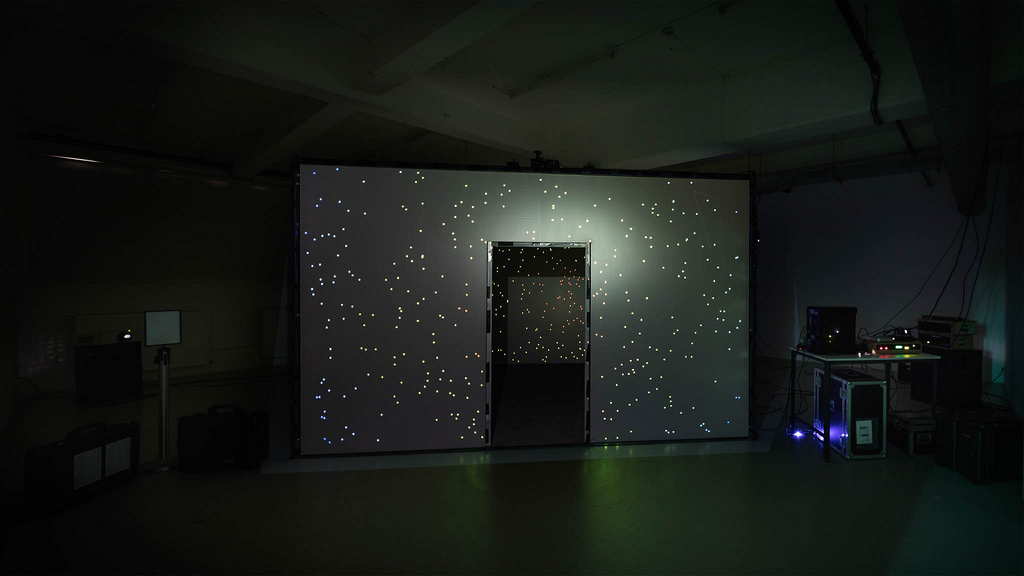
Tobias Revell, The Finite State Fantasia, 2016 (a newly commissioned work by STUK-KU Leuven coproduction, with the support of STRP). Installation view at STUK in Leuven for the Artefact festival. Photo © Kristof Vrancken
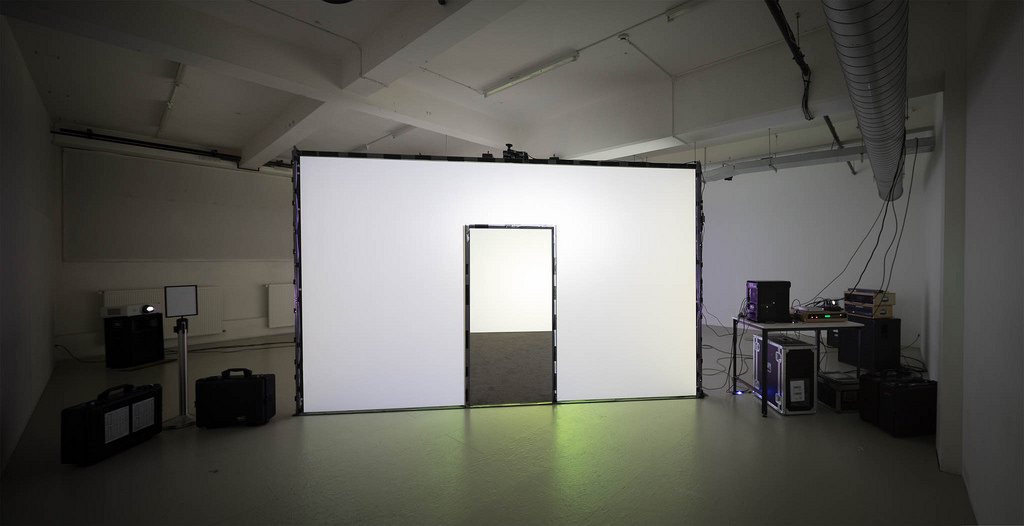
Tobias Revell, The Finite State Fantasia, 2016. Installation view at STUK in Leuven for the Artefact festival. Photo © Kristof Vrancken
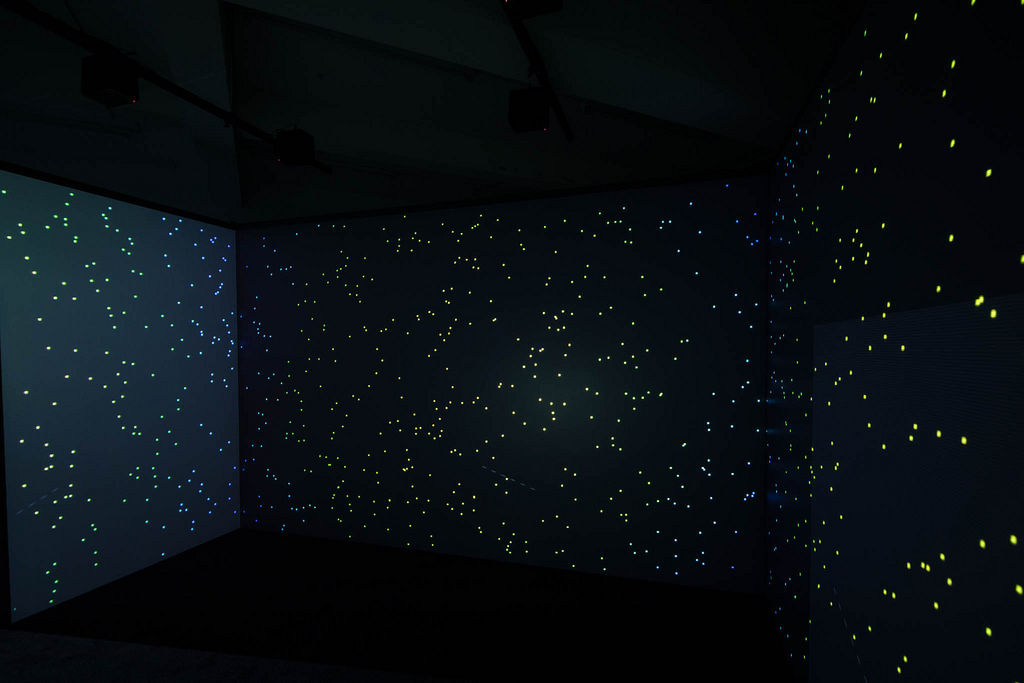
Tobias Revell, The Finite State Fantasia, 2016. Installation view at STUK in Leuven for the Artefact festival. Photo © Kristof Vrancken
The Finite State Fantasia visualizes the space mapping behaviour of a smart, but invisible, machine. The machine moves erratically around the exhibition room, using its sensors to measure distance and bumping into obstacles (some of them temporary) to progressively build a model of the space.
Visitors can only apprehend the existence of the machine through the representation of its senses; its flickering infrared trails and ultrasonic locators that are projected on the walls of the space.
It’s a surprisingly moving spectacle. You suddenly come to realize that, just like us, machines depend on a limited set of information to experience the world. However, they often rely on different tools and respond to different stimuli than us in order to perceive their surroundings. As a result, we are left as disoriented as the invisible robot when we try and interpret the lights on the wall in order to guess its location.
“The Finite State Fantasia draws out the dissonance between the ‘magic’ of technology and the technical reality by showing us how the trick is done while simultaneously re-representing the seemingly supernatural machine sensorium.”
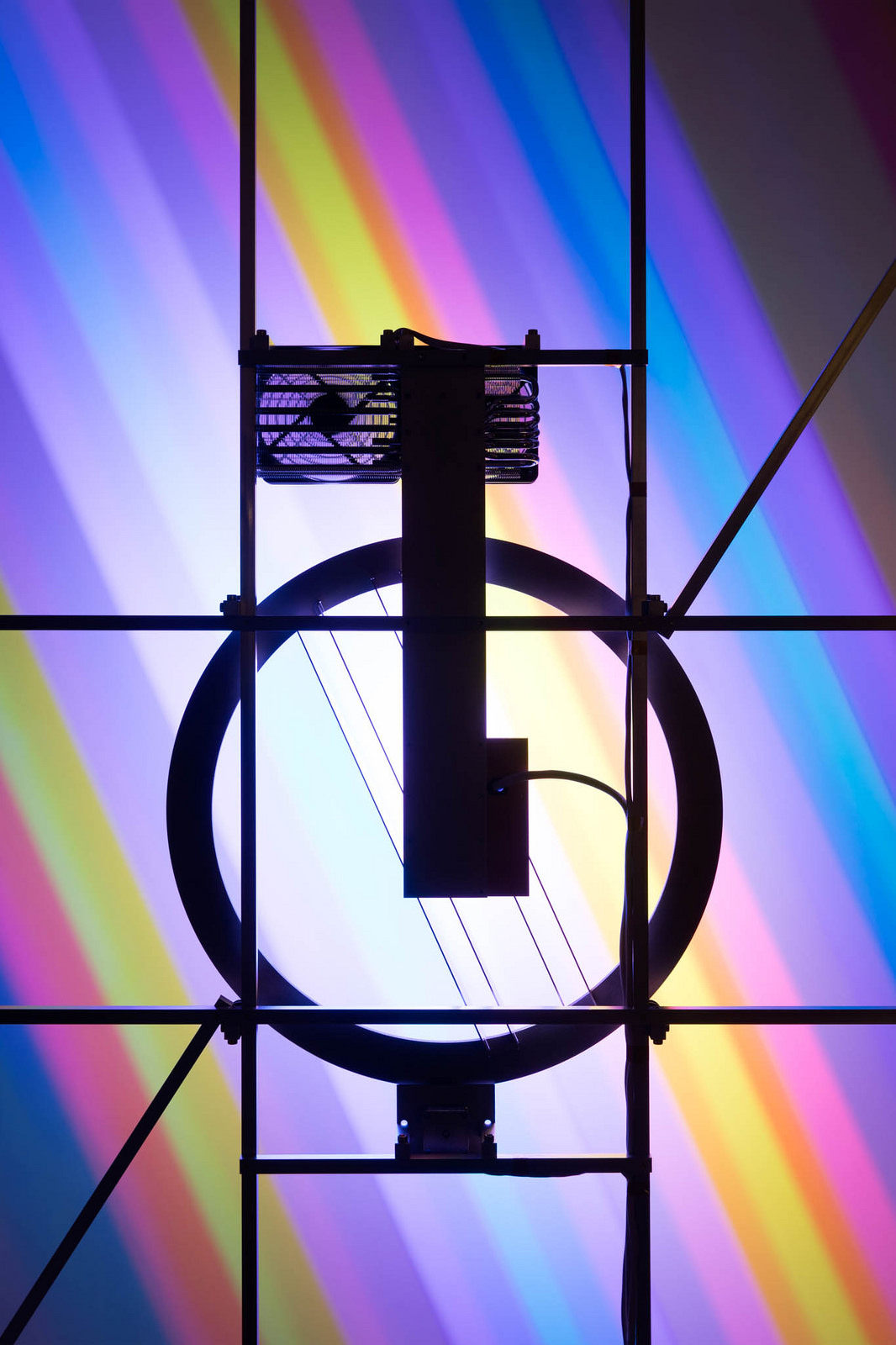
Troika, All Colours White, 2016. Installation view at STUK in Leuven for the Artefact festival. Photo © Kristof Vrancken
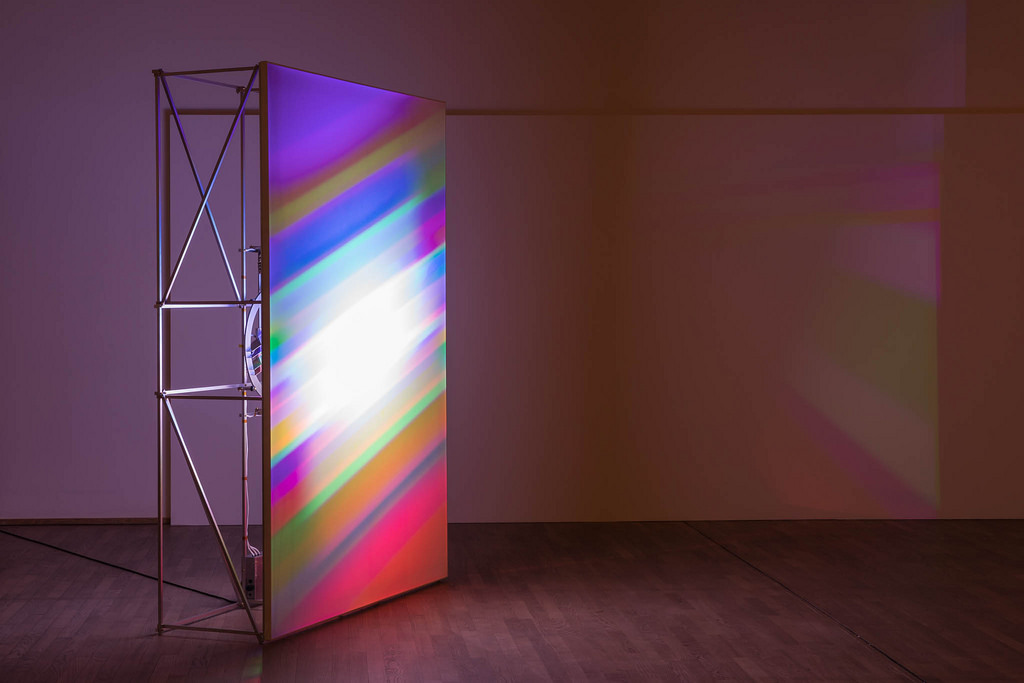
Troika, All Colours White, 2016. Installation view at STUK in Leuven for the Artefact festival. Photo © Kristof Vrancken
All Colours White consists of a mechanism which projects red, blue and green light onto a canvas sculpture. The colours slowly bleed into each other, creating a spectrum until their amalgamation results in pure white light.
“All Colours White lays bare the technology and invites the curious viewer to consider the idea that understanding and enchantment can exist in the same universe.”
More works from the exhibition:
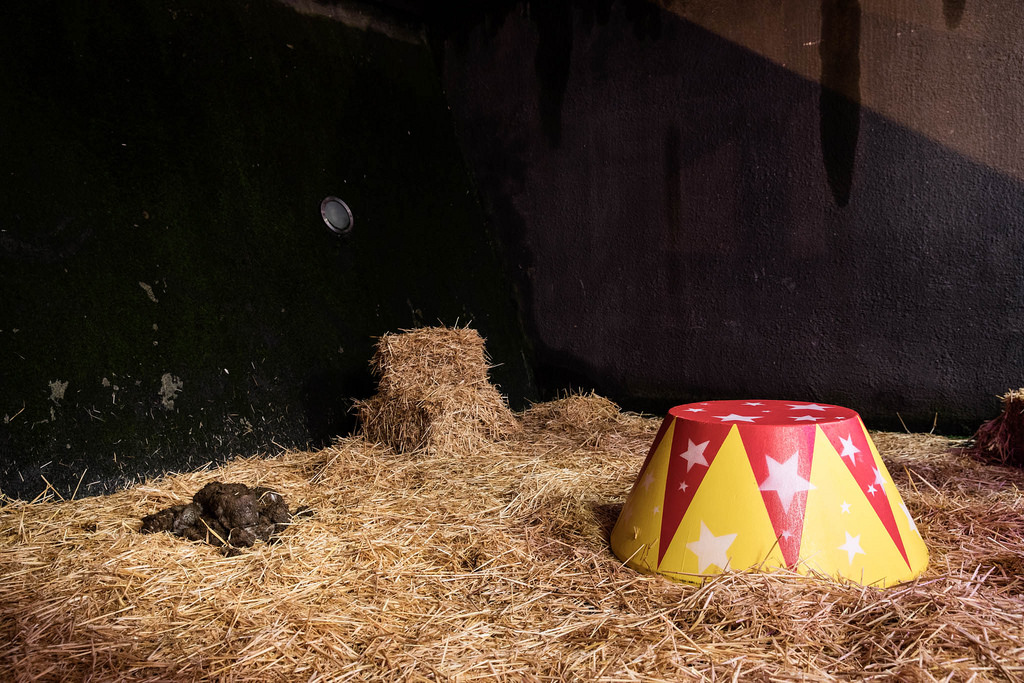
Jens Brand, Disappearance of Media, Manifestation of Elephants, 2011. Installation view at STUK in Leuven for the Artefact festival. Photo © Kristof Vrancken
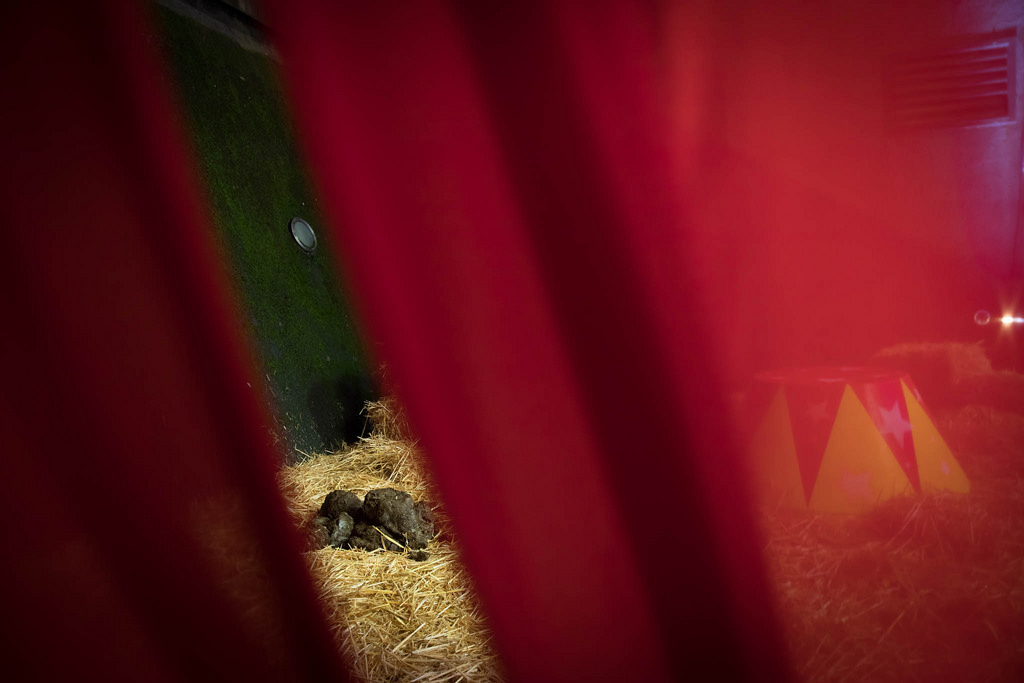
Jens Brand, Disappearance of Media, Manifestation of Elephants, 2011. Installation view at STUK in Leuven for the Artefact festival. Photo © Kristof Vrancken
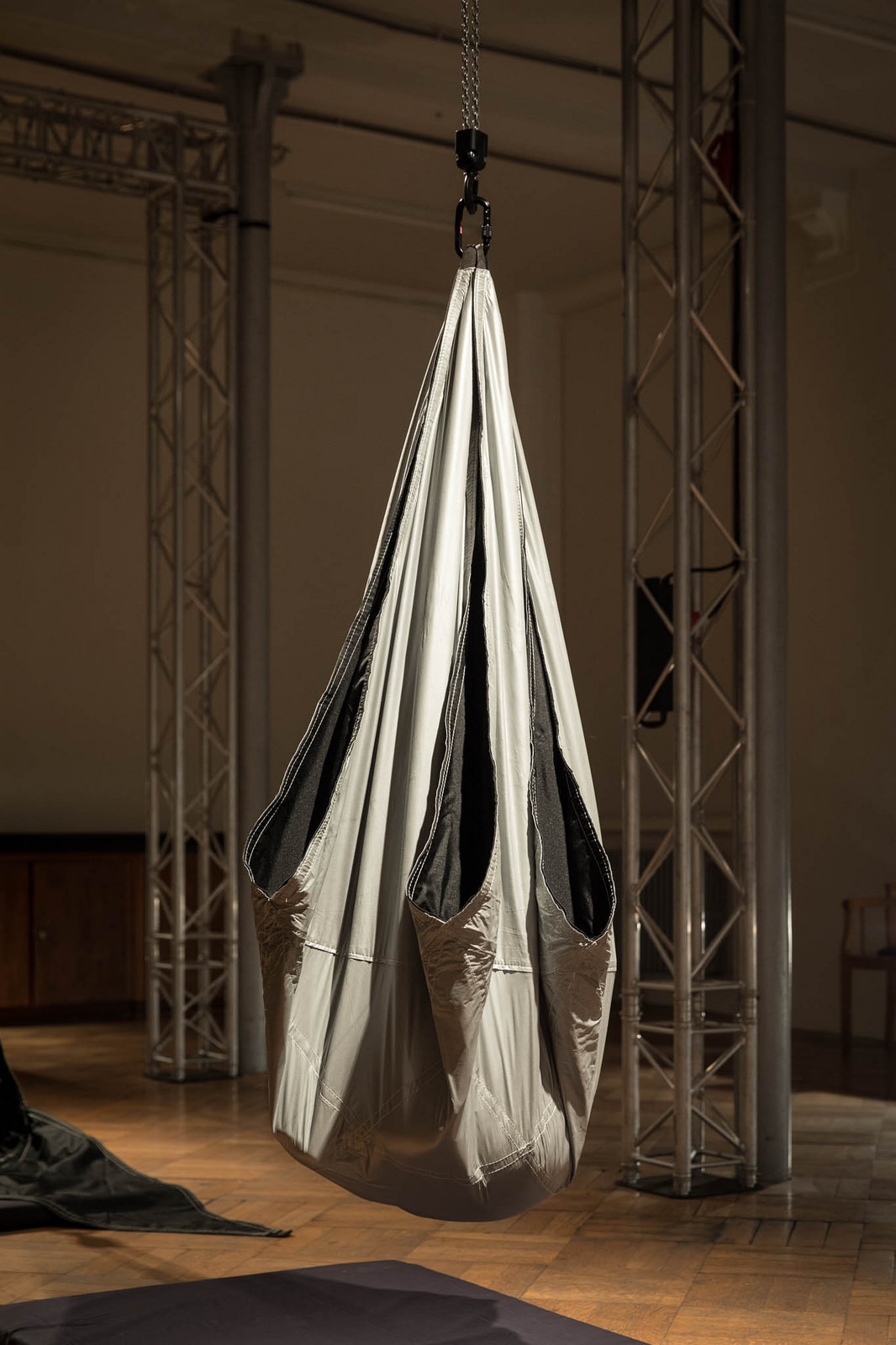
Center for Tactical Magic, Witches Cradles, 2009. Installation view at STUK in Leuven for the Artefact festival. Photo © Kristof Vrancken
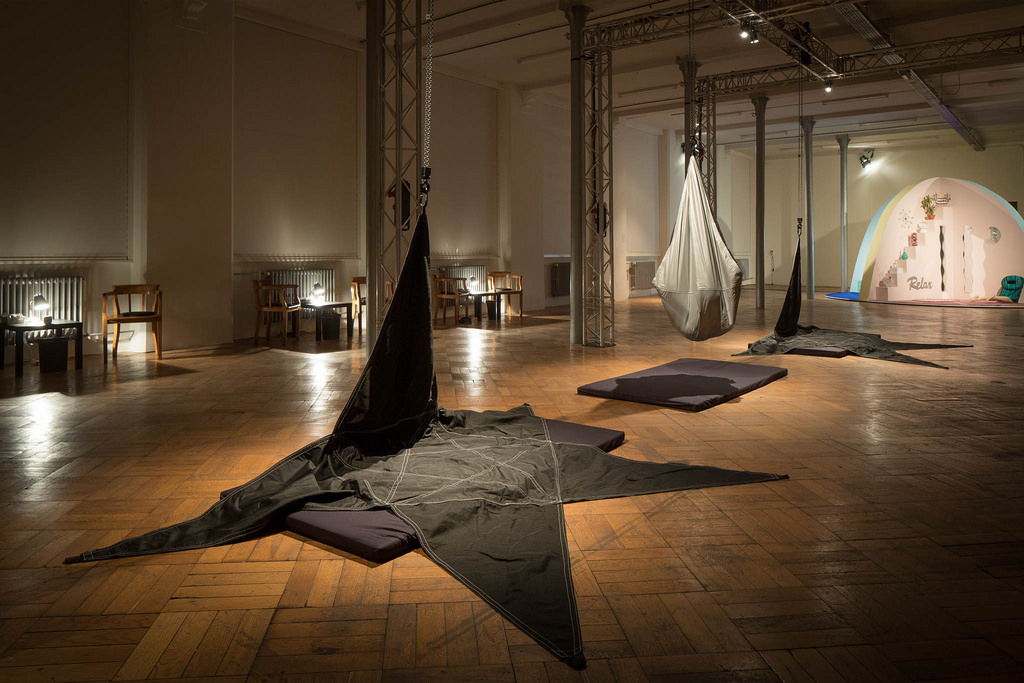
Center for Tactical Magic, Witches Cradles, 2009. Installation view at STUK in Leuven for the Artefact festival. Photo © Kristof Vrancken
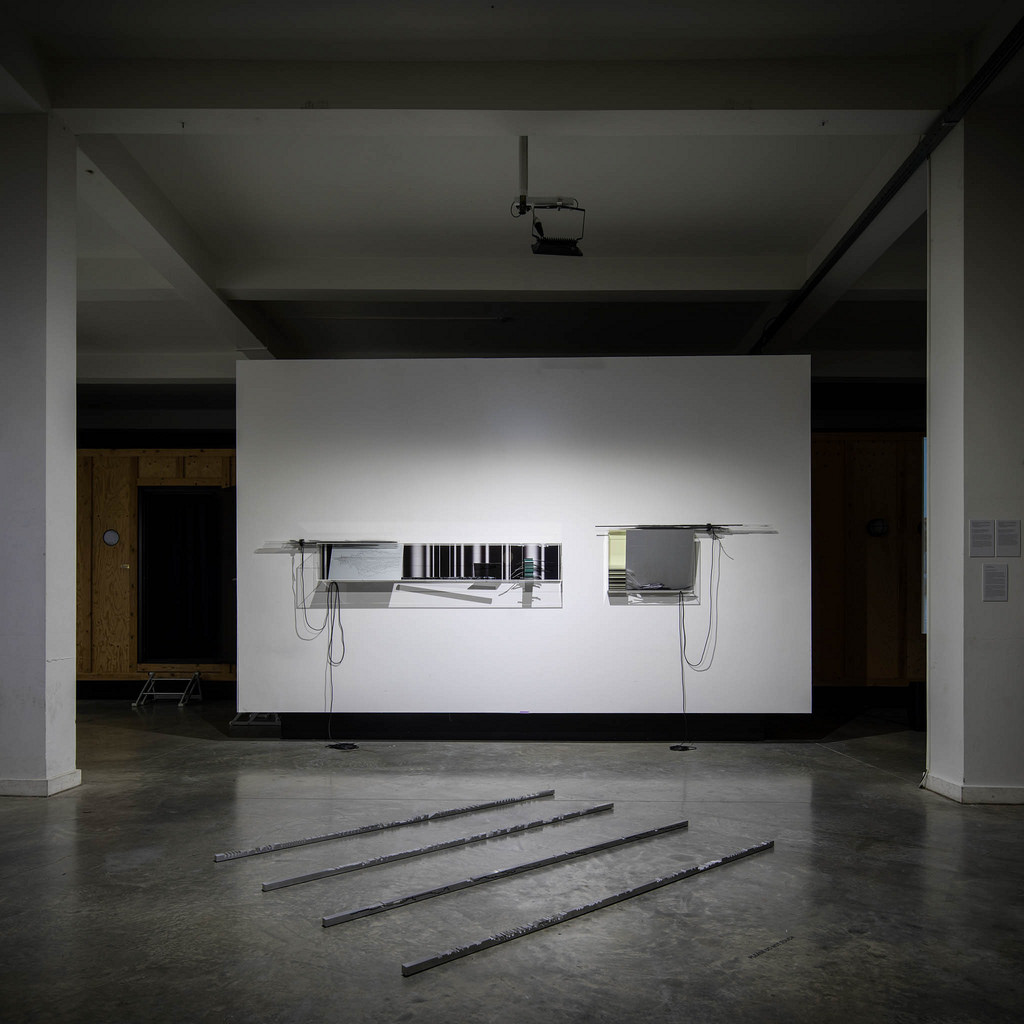
Femke Herregraven, Subsecond Flocks, 2016 + Femke Herregraven, Rogue Waves, 2015. Installation view at STUK in Leuven for the Artefact festival. Photo © Kristof Vrancken
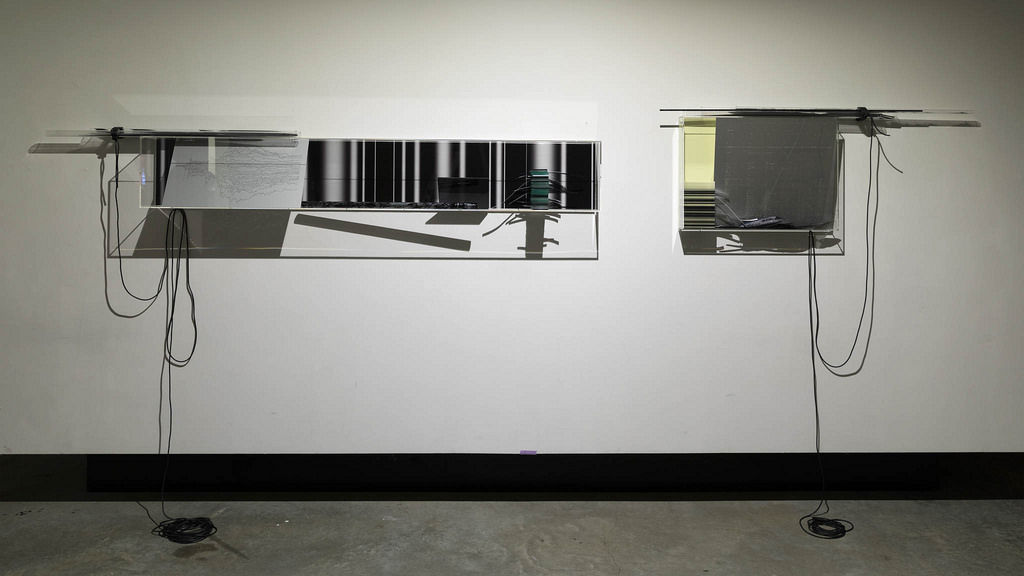
Femke Herregraven, Subsecond Flocks, 2016. Installation view at STUK in Leuven for the Artefact festival. Photo © Kristof Vrancken
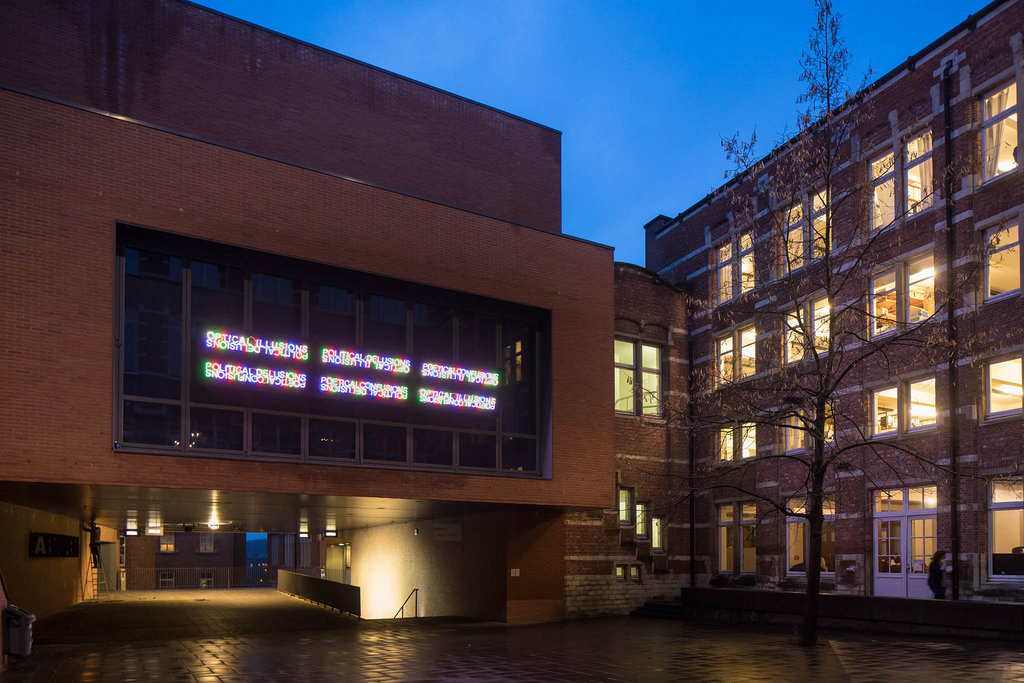
Tim Etchells, Mirror Pieces, 2014. Installation view at STUK in Leuven for the Artefact festival. Photo © Kristof Vrancken
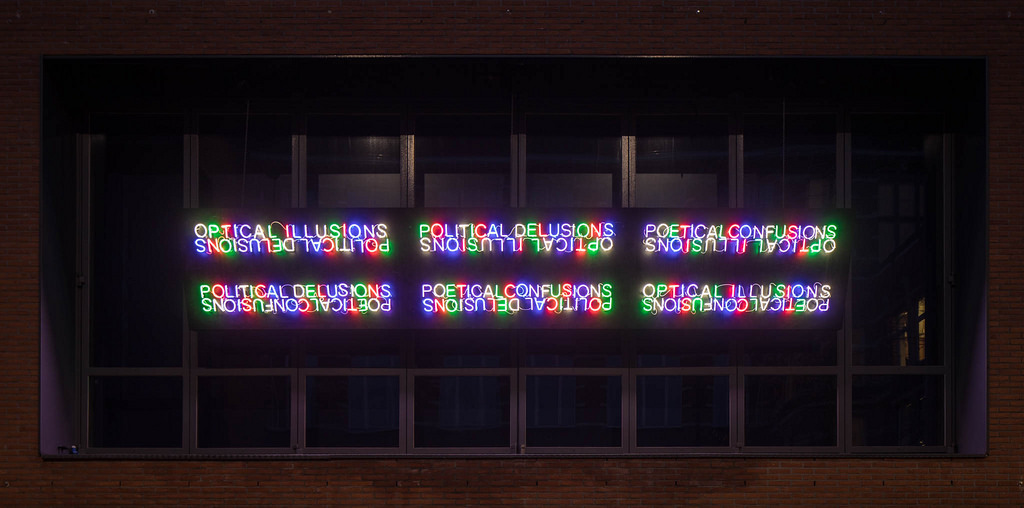
Tim Etchells, Mirror Pieces, 2014. Installation view at STUK in Leuven for the Artefact festival. Photo © Kristof Vrancken
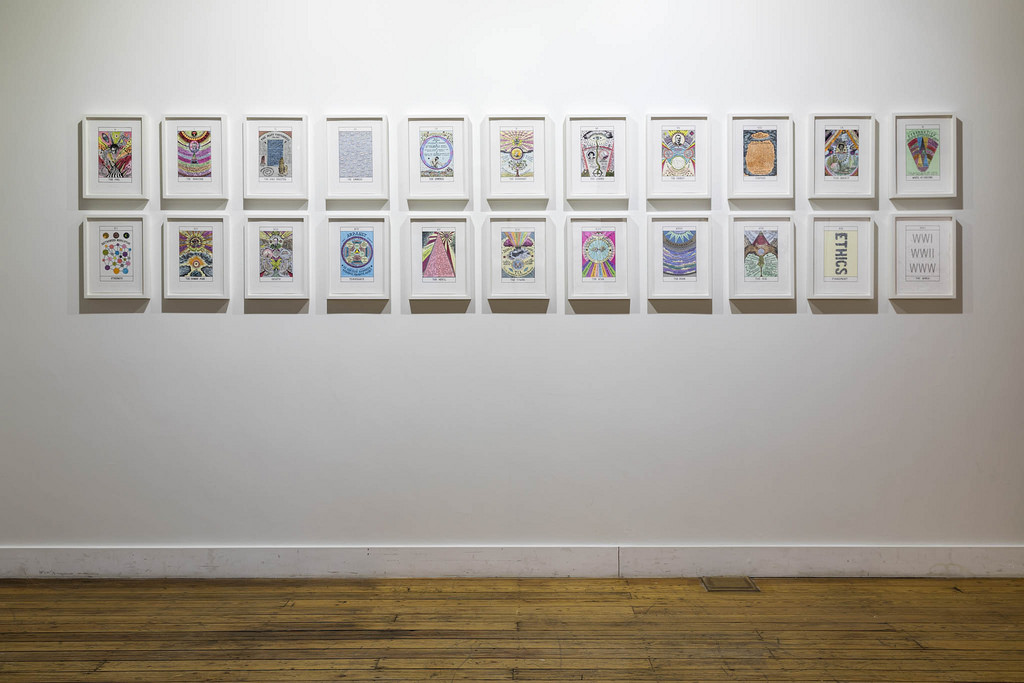
Suzanne Treister, HEXEN 2.0, TAROT CARDS, 2009-2011. Installation view at STUK in Leuven for the Artefact festival. Photo © Kristof Vrancken
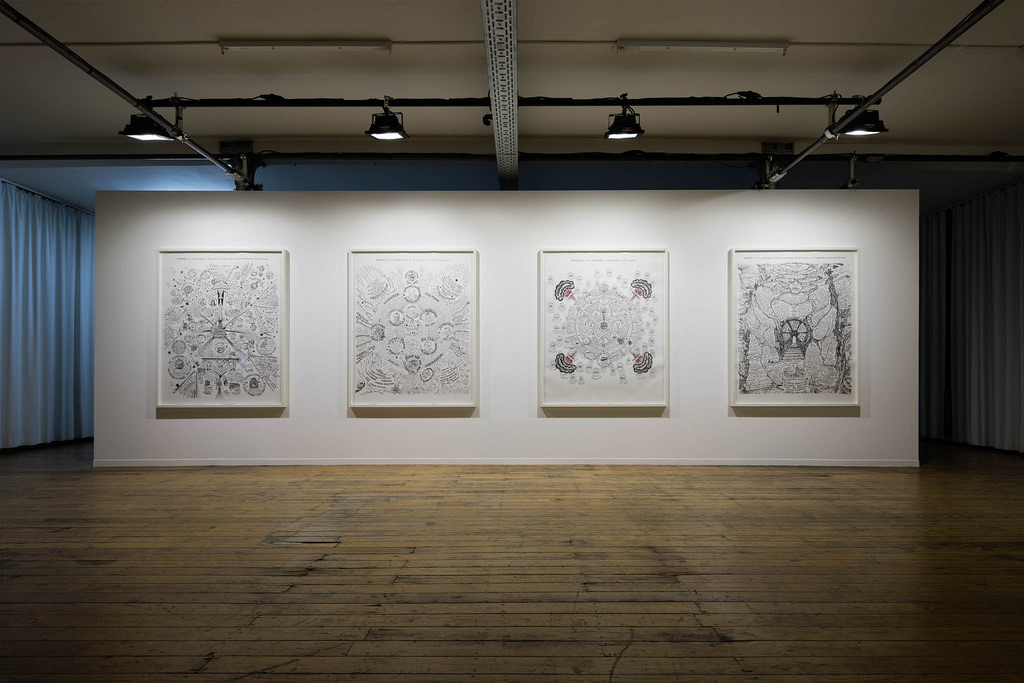
Suzanne Treister, HEXEN 2.0, HISTORICAL DIAGRAMS, 2009-2011. Installation view at STUK in Leuven for the Artefact festival. Photo © Kristof Vrancken
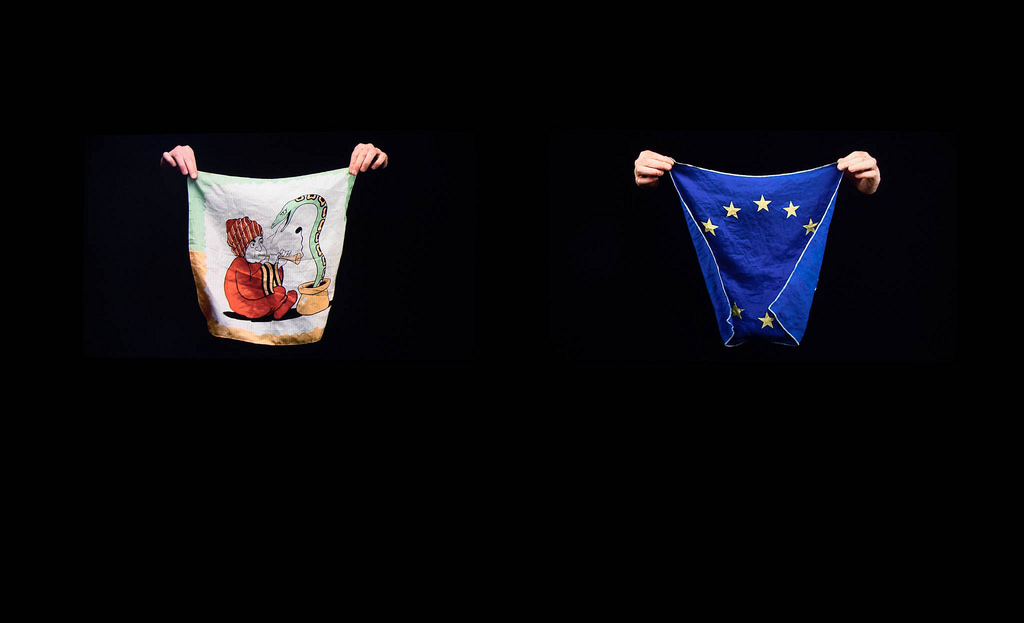
Jonathan Allen, Twenty First Century Silks, 2016. Installation view at STUK in Leuven for the Artefact festival. Photo © Kristof Vrancken
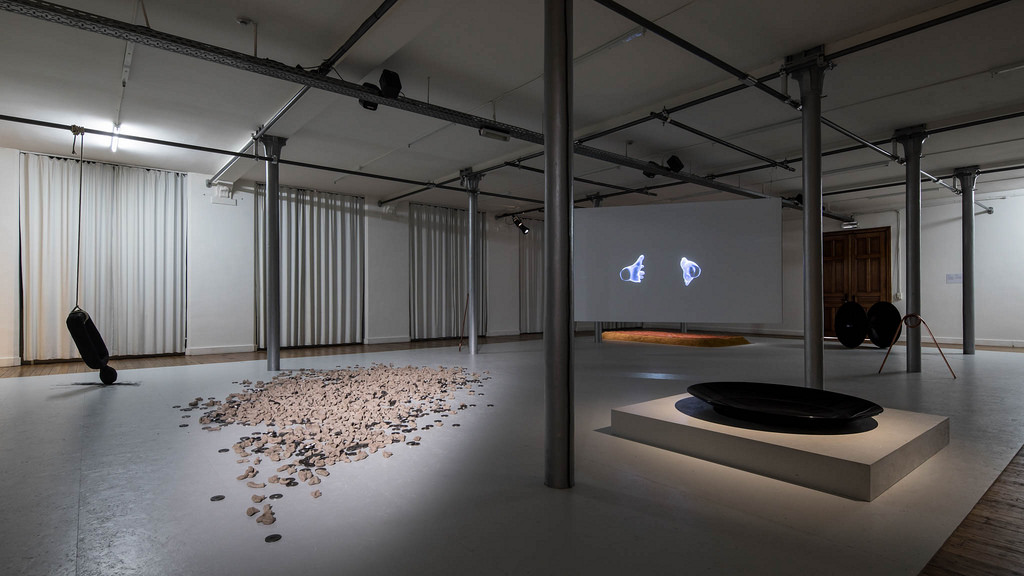
Marjolijn Dijkman, Cultivating Probability, 2015 + Dijkman, In Our Hands, 2015. Installation view at STUK in Leuven for the Artefact festival. Photo © Kristof Vrancken
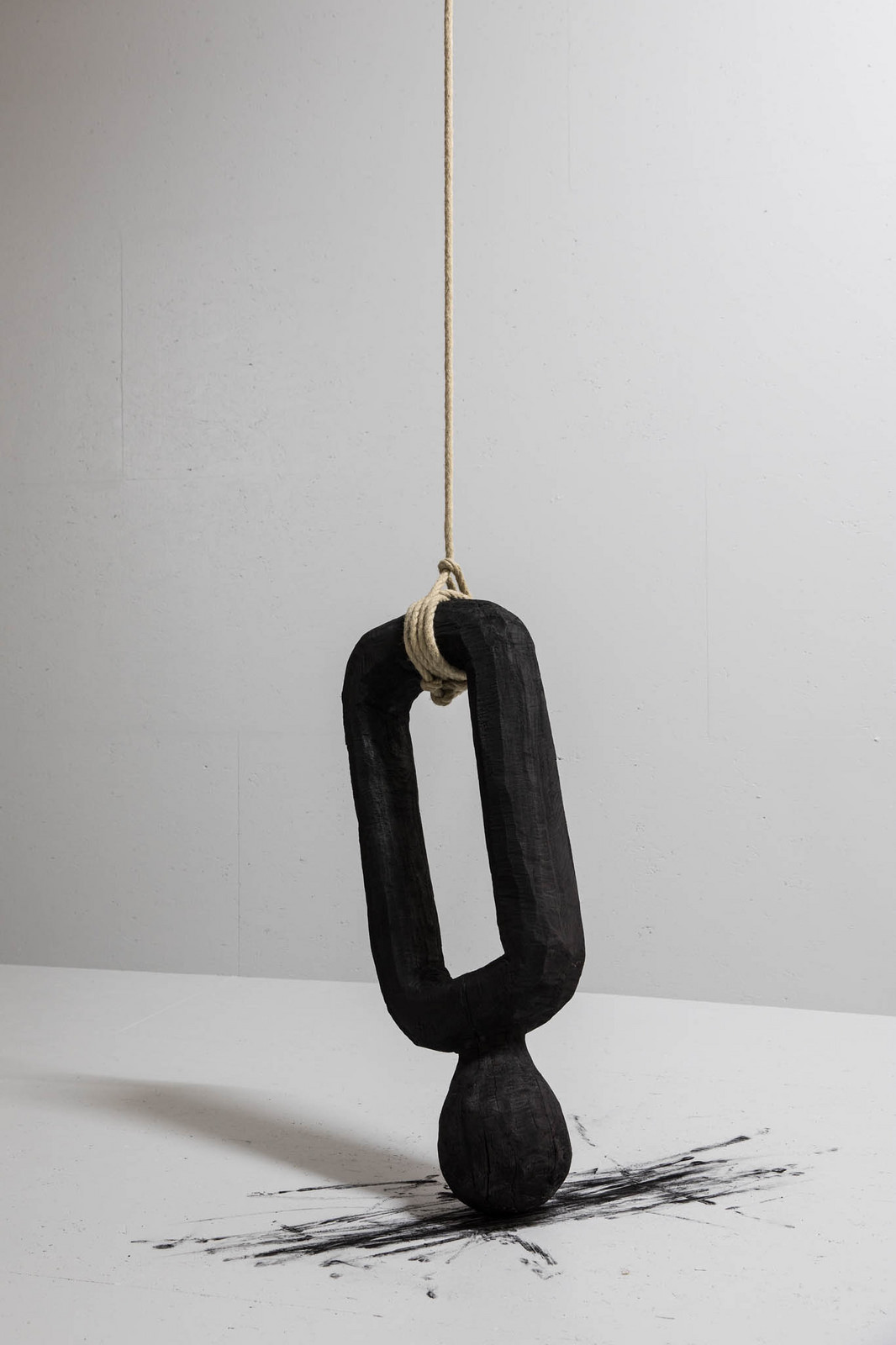
Marjolijn Dijkman, Cultivating Probability, 2015. Installation view at STUK in Leuven for the Artefact festival. Photo © Kristof Vrancken
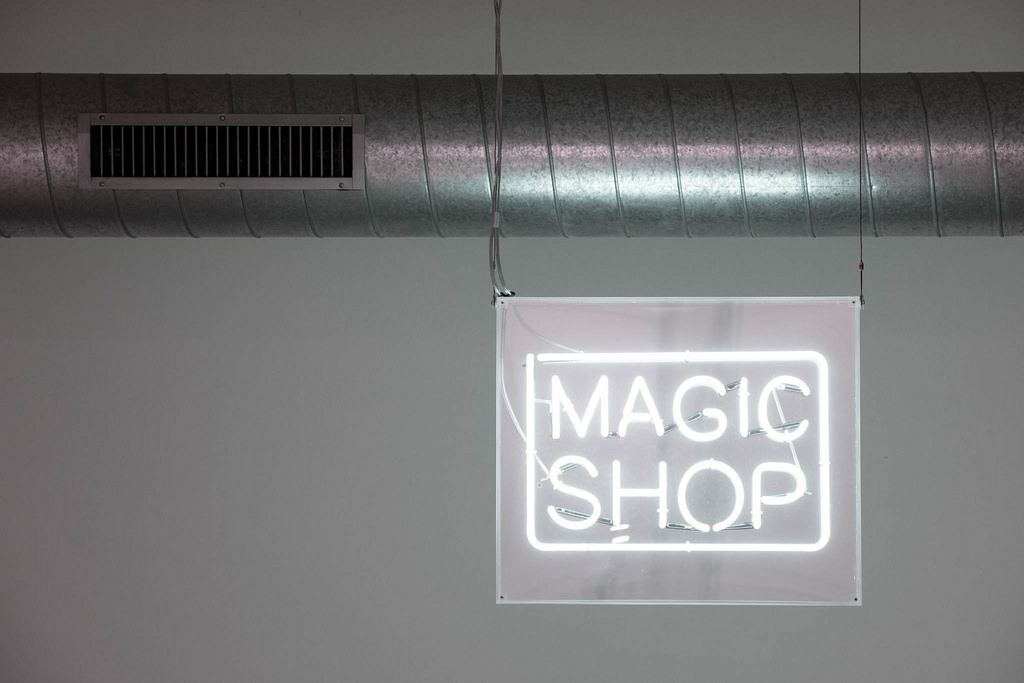
Jonathan Allen, Magic Shop, 2002. Installation view at STUK in Leuven for the Artefact festival. Photo © Kristof Vrancken
Artefact : The Act of Magic is at STUK – House for Dance, Image & Sound, in Leuven, Belgium until 9 March 2017. The exhibition was curated by Karen Verschooren from STUK & Ils Huygens from Z33.
Also part of the show: Dataghost 2. The kabbalistic computational machine and Artefact festival: Magic and politics.
Previousy: The Occult, Witchcraft & Magic. An Illustrated History, HEXEN 2.0 and Interview with The Center for Tactical Magic.
More installation views of the exhibition Artefact : The Act of Magic. And yet another quick demo on my flickr album that i am indeed the worst photographer in the world.
Photo on the homepage by Victor S. Brigola: Verena Friedrich, The Long Now.
